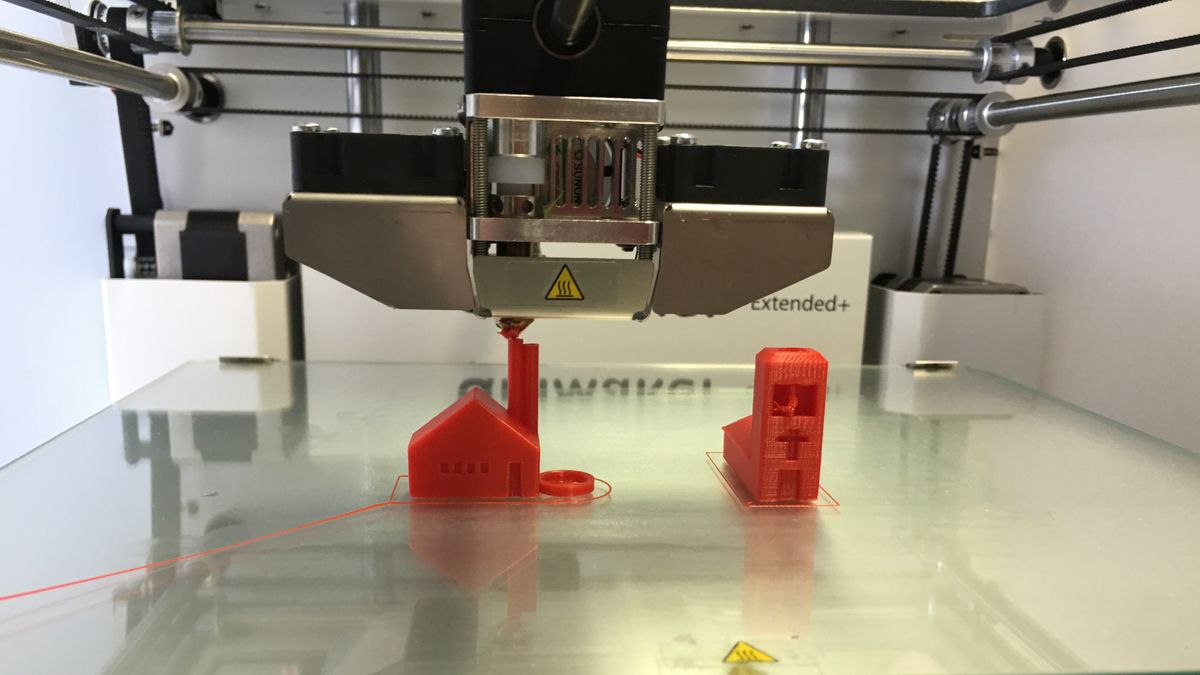
3D printing is quickly becoming mainstream as a growing number of businesses now use this technology to improve their speed and flexibility while reducing costs.
New research from LearnBonds has revealed that revenue from the global 3D printing industry is expected to continue its surge and grow by 155 percent to reach $40.8bn in value by 2024.
As 3D printing enables the production of complex shapes using less material than traditional manufacturing methods, it is widely used for small production runs, prototyping new products and in education.
According to Wohlers Associates annual report, the global 3D printing industry is expected to be worth $16bn this year. However, in the next two years, the market revenue of this industry is forecast to reach $25.5bn. Statistics show that this strong upward trend is likely to continue in the following years with market revenue growing by a compound annual growth rate of 26.4 percent between 2020 and 2024.
3D printing
While the report from Wohlers Associates focuses on revenue, Sculpteo’s State of 3D Printing report is more concerned with how businesses and organizations are using the technology now. According to Sculpteo, prototyping was the most popular use case for 3D printing among 68 percent of those surveyed. At the same time, another 59 percent of businesses used the technology for proof of concept purposes.
Sculpteo’s survey also showed that 41 percent of respondents said that the main reason they turned to 3D printing was to speed up product development. Offering customized products and limited series was the second most important reason for using the technology followed by increasing production flexibility.
In terms of the number of patents filed related to 3D printing over the last decade, HP takes the lead. The company set up its 3D printing unit back in 2014 and now it has a total of 454 published patents for 3D printing. General Electric ranks second with a total of 408 3D printing patents in the last decade followed by Japan’s Seikio Epson and Germany’s Siemens with 251 and 231 patents filed in the last decade respectively.
As 3D printers become cheaper and easier to use, expect to see more businesses and even schools adopt the technology as it allows them to create complex designs, prototypes and new products in a much shorter amount of time.
